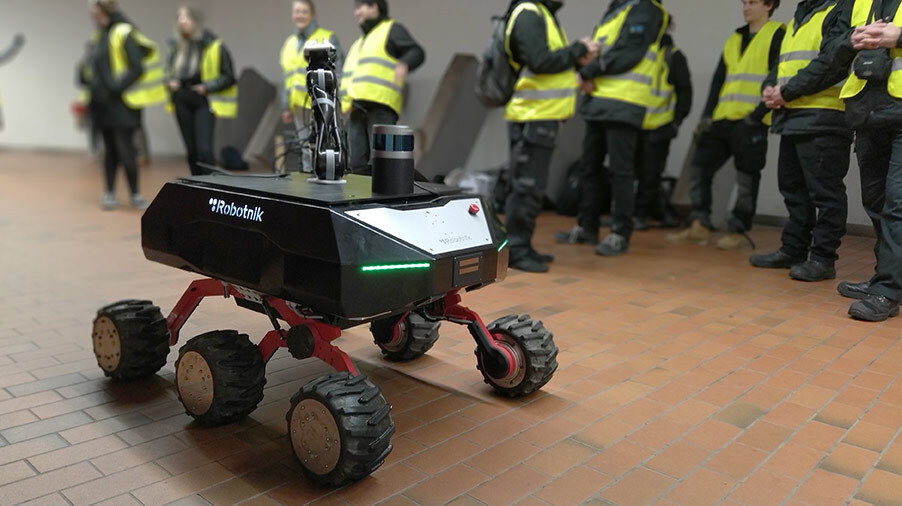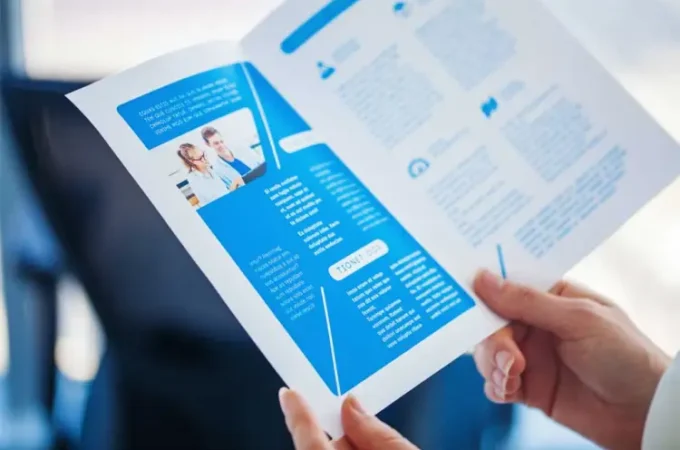
The Rise of Inspection Robots: A Glimpse into the Future
The field of robotics has been experiencing rapid advancements, particularly in the industrial and manufacturing sector. Among the various applications of robots, inspection robots are emerging as valuable assets in modern industries. As the world moves towards Industry 4.0, mobile service robotics and their R&D projects are evolving at an unprecedented rate.
Evidence of inspection robot capabilities is best showcased by industry leader Robotnik, whose recent SUMMIT-XL achieved new heights in railway infrastructure inspection, along with tunnels, agriculture, and remote substations.
This article explores both the capabilities and market opportunities of inspection robots, their potential impact on the industrial landscape, and the rapid development of R&D projects.
Market size and R&D growth
The global market for inspection robots has been experiencing robust growth in recent years. In 2020, the inspection robots market size was valued at around $940 million, but projected to reach $13 billion within 10 years, giving it a CAGR growth of 30.9%. This is an attractive proposition for investors, which is why it’s getting attention from across the board.
For industrial robotics more generally, the market is valued at $26.52 billion last year in 2022, with a CAGR of around 10.5% expected for the next decade. Therefore, whilst the robotics market is growing more generally, inspection robots are the ones investors are keeping the closest eye on, and industry will be most quickly adopting them.

The Evolving Capabilities of Inspection Robots
Advanced Navigation and Mobility
The latest generation of inspection robots has seen significant advancements in navigation and mobility. Equipped with advanced sensors, these robots can quickly and accurately map their environment, enabling them to autonomously navigate through complex industrial settings. Machine learning algorithms can be utilised to facilitate adaptation and continuous contextual improvements in their navigation strategies based on their experiences.
Enhanced Sensing Technologies
Inspection robots now possess advanced sensing technologies that enable them to effectively detect various faults and anomalies. High-resolution cameras, LIDAR, ultrasonic, and infrared sensors are now commonplace. These devices allow the robots to perform non-destructive testing and precisely identify defects, even in hard-to-reach areas.
Improved Data Processing and Analysis
Modern inspection robots can process and analyse vast amounts of data in real time. By leveraging advanced algorithms and AI, such robots can identify patterns and correlations in the data they collect, leading to more accurate and efficient inspections. The integration of cloud computing and edge computing further enhances the data processing capabilities too.
The Future of Inspection Robots and R&D
Rapid Advancements in Mobile Service Robotics
The field of mobile service robotics is evolving at a rapid pace, with R&D projects continuously exploring new possibilities. As artificial intelligence, machine learning, and advanced sensor systems continue to mature, we can expect to see even more capable robots in the coming years.
One example of this could be in utilising predictive analytics. Currently, inspection robots are primarily used to identify existing faults or defects in equipment, structures, and machinery. However, with predictive maintenance capabilities, inspection robots could anticipate potential failures or issues before they occur, based on patterns and correlations in the collected data.
Increased Adoption Across Industries
As the capabilities of inspection robots continue to grow, their adoption in various industrial sectors will increase. Industries like oil and gas, aerospace, manufacturing, and construction are already embracing inspection robots to enhance efficiency. In the future, we can anticipate even wider adoption, such as in hospitality, as more industries recognise the benefits of utilising inspection robots.
Customisation and Specialisation
R&D projects, as with Robotniks, are increasingly focused on the development of specialised inspection robots tailored to specific industries or tasks. Off-the-shelf robotics is extremely limited for industrial use, so by designing robots with particular features and instructions, companies can ensure that their inspection needs are met more effectively. This trend will also pave the way for more innovative and niche applications of robotics, with potentially investment and R&D becoming more democratised to specific industries. For example, aviation companies funding their own inspection robot research that is bespoke, from the very start, for their own production and environments.

Integration with Other Emerging Technologies
The future of inspection robots will likely involve integration with other emerging technologies, such as augmented reality (AR), virtual reality (VR), and digital twins. These technologies can enhance the capabilities of inspection robots, allowing them to visualise and interact with their environment in new and innovative ways. For instance, AR and VR can provide operators with immersive interfaces for remote control and monitoring, while digital twins can help optimise robot performance through predictive analytics and simulations. VR and AR would also open the door to better training capabilities for workers.
Another advancement could be in inspecting harder-to-reach areas. For example, combining a hybrid of current inspection robotics with the innovative drone and aerial technology. This would drastically improve its efficiency and automation capabilities within areas like construction.
Conclusion
The increasing capabilities of inspection robots, along with the rapid evolution of R&D projects in mobile service robotics, are already revolutionising the industrial landscape. As we are seeing with the rise of ChatGPT, AI can collaborate with humans to create more efficient workflows. In the instance of inspection robots, the ultimate goal is to create safer working environments and to reduce costs. As these robots become more advanced and economical, adoption will soon spread to other industries.




